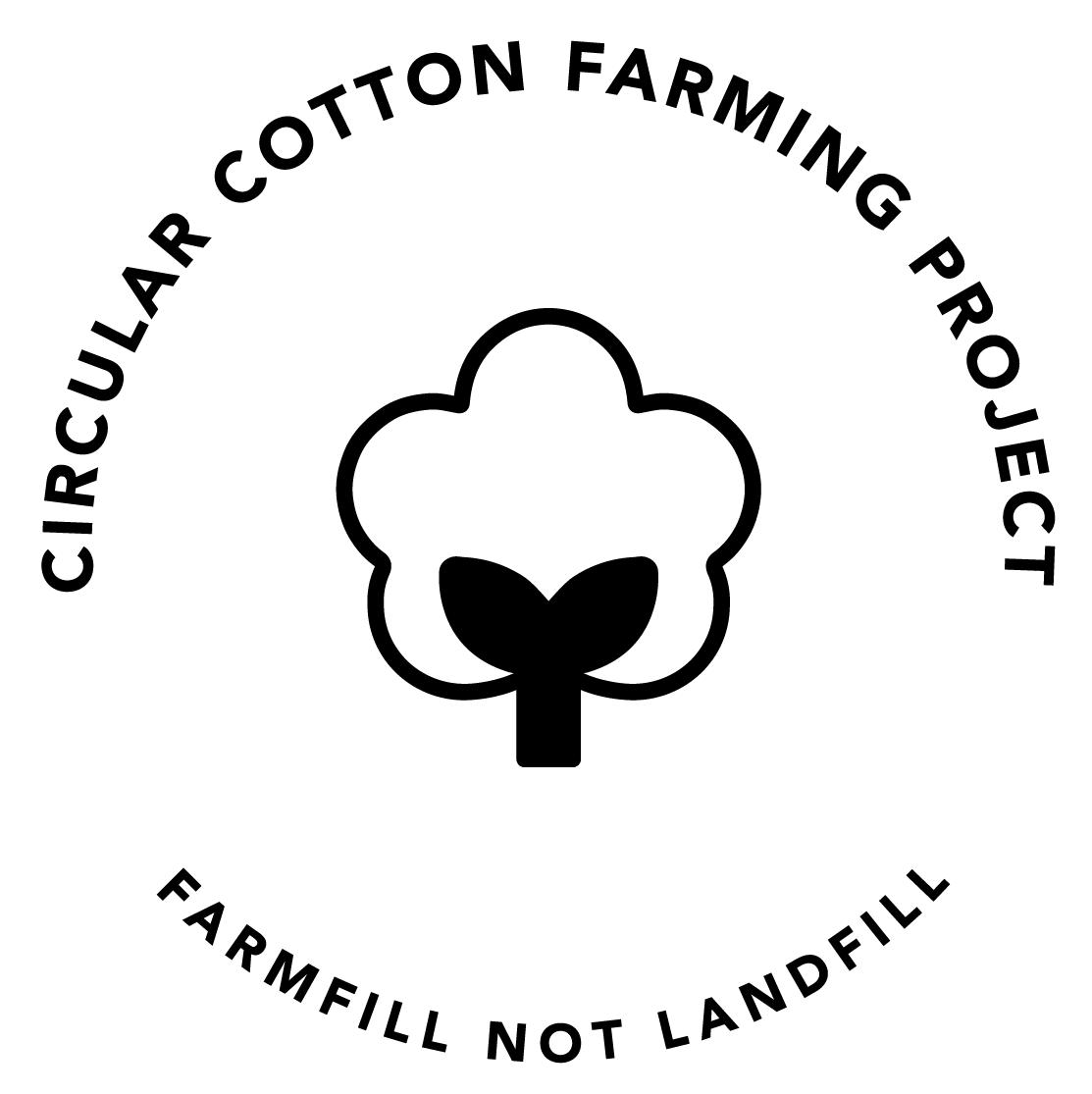
A groundbreaking trial returning cotton textile waste to cotton fields
Our work with the Goondiwindi Circular Cotton Project
For 12 months, a cotton farm just outside the rural town of Goondiwindi Queensland was the site of a groundbreaking trial that tested whether shredded cotton products could offer benefits to cotton soil health, and a scalable solution to textile waste.
Around two tonnes of cotton textiles from Sheridan, garments and end of life State Emergency Service coveralls were processed at Worn Up in Sydney, transported to “Alcheringa” farm, and spread onto a cotton field by local farmer, Sam Coulton.
The project, under the guidance of circular economy specialists Coreo, is an ongoing partnership between the Queensland Government, Goondiwindi Cotton, Sheridan, Cotton Australia, Worn Up and Cotton Research and Development Corporation supported soil scientist Dr Oliver Knox of UNE.
And now, the second stage has begun — Sam Coulton, in Goondiwindi Queensland, is now being joined by Scott Morgan, on a second site at Gunnedah New South Wales.
The field was prepared prior to planting the cotton crop. Originally, it was hoped that the fabrics would break down in the soil, increase microbial activity, lock in carbon and provide cover to improve soil moisture. Initial projections showed 2,250kg of Carbon Dioxide equivalents (CO2 e) into the atmosphere would be mitigated through the breakdown of these garments in soil — rather than landfill. The trial looked at the breakdown process at different application rates, and assessed effects on soil nutrition, respiration/CO2 and microbial biomass.
The project team hoped the results would provide evidence for a large-scale circular solution for 100% cotton textile products in Australia, which are naturally biodegradable, renewable and recyclable.
The trial will be completed by cotton harvest in early 2022, with initial results expected shortly after, although it’s expected the real benefits for cotton yield and long-term soil health may not be known for many years.
Back in 2020, Phase One of the project, which was part of the Transition to Action project, involved lab-based testing cotton fabrics to assess what might happen during the biodegradation process, in terms of potential benefits such as carbon and water retention in soils.
Phase 1 of the trial was completed by cotton harvest in early 2022. Results were promising: no harm was done to soil health, microbial activity increased slightly, and at least 2,070kg of Carbon Dioxide equivalents (CO2 e) was mitigated through the breakdown of these garments in soil rather than landfill. This shows the possibility of diverting large amounts of cotton textile waste using this method — although it’s expected the real benefits for cotton yield and long-term soil health may not be known for many years.
With the success of this first trial, phase two of the trial is underway — in Goondiwindi, Queensland, and Gunnedah, New South Wales, with Sheridan and new partner Thread Together providing additional end-of-life cotton textiles. Although spreading was delayed due to flooding, shredded cotton waste has now been distributed onto the two fields and will be monitored closely, with results being scientifically assessed. This is an important step towards circularity.